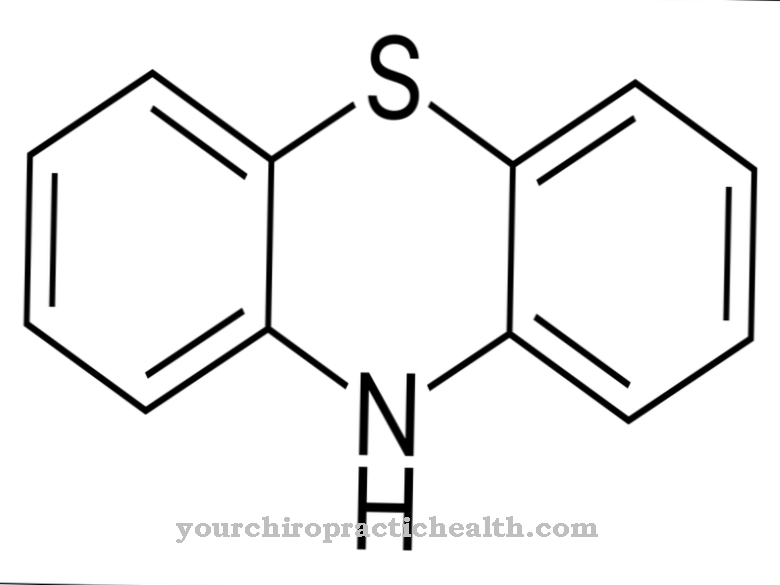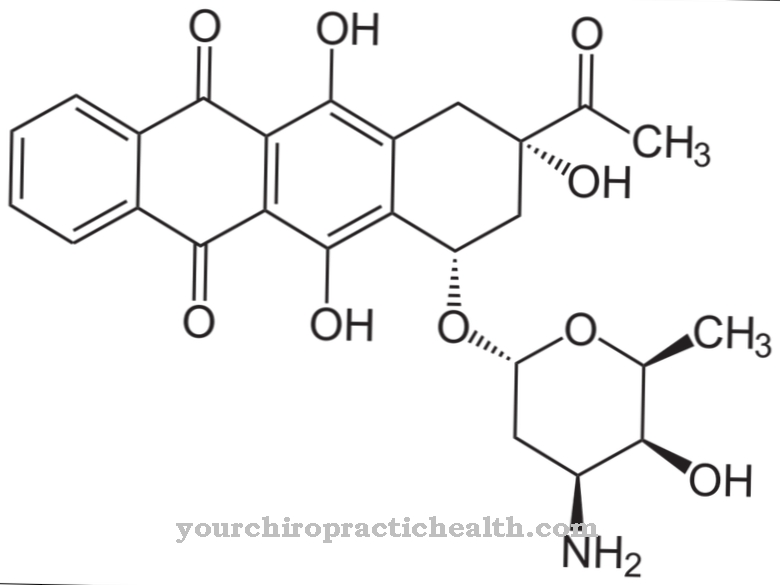At Mannitol is a drug that belongs to the diuretic class of active ingredients. Mannitol is the most commonly used osmodiuretic for the prophylactic treatment of kidney failure.
What is mannitol?

Mannitol, also known by the name Mannitol, is a sugar alcohol (non-cyclic polyols) which is chemically and structurally derived from mannose. Mannose are pairs of diastereoisomers of one molecule of glucose. The name of the sugar alcohol mannitol comes from the sweet juice of the manna ash. The dried juice of the manna ash contains about 13 percent mannitol.
The occurrence of mannitol in nature is relatively common, compared to other drugs in this class of active ingredients. Mannitol is found in olive trees, fig tree, mushrooms and lichens, for example. The highest proportion of mannitol was found in seaweed, larch, olive and fig trees. There the mannitol content can be up to 20 percent, with the brown algae having a content of up to 40 percent. The mannitol is the product of the hydrogenation of fructose (fruit sugar).
Pharmacological effect
Mannitol is used in the food industry as a sweetener and as an additive E421 is marked. It has a sweetening power of up to 69 percent. In addition to its use in the food industry, mannitol is also used as a drug in the pharmaceutical industry.It belongs to the active substance class of the diuretics and has a solid physical state.
As an osmodiuretic, mannitol has the advantage that it cannot be converted into an intermediate product by chemical processes in the body (through metabolism). The mannitol enters the bloodstream as an organism foreign and can thus decompose and break down organism's own substances through dissimilation. It is therefore filtered glomerularly (through the kidney corpuscles) and tubularly (urinary tract) not absorbed. As a result, the active ingredient has a diuretic and laxative function.
The active ingredient should therefore not be prescribed if there is a urinary disorder or cardiac decompensation (reduced cardiac output). In the case of a disorder of the blood-brain barrier, intracranial bleeding or pulmonary edema, treatment with mannitol should be avoided and an alternative should be considered if necessary.
Medical application & use
In medicine, mannitol is used in the form of tablets, solutions (oral), infusion or as inhalation. The most common use is to prevent acute kidney failure due to blood or fluid loss (dehydration) after injuries such as burns, shock or after operations. It also reduces pressure on the eyes and brain. In the case of poisoning, mannitol supports the purification and thus the elimination of the harmful substance.
In addition to prophylactic and acute use, mannitol can be administered orally in the form of a solution as a contrast medium, for example in imaging examinations of the gastrointestinal tract.
Scientific studies show that mannitol can also be helpful in cystic fibrosis and COPD diseases. The active ingredient liquefies the mucus deposits in the bronchi and enables the secretion to be removed through a positive change in viscosity (viscosity).
Risks & side effects
Various side effects can occur while using mannitol. These are designed differently depending on the form of ingestion. When taking tablets, it should always be taken into account that the active ingredient affects the mineral and fluid balance. This can lead to dehydration, acute kidney failure, tachycardia or cardiac arrhythmias. It can also lead to cardiovascular problems and even complete cardiovascular failure.
Gastrointestinal complaints in the form of nausea, vomiting or upper abdominal pain also often occur. It can lead to severe salt loss and the resulting cramps. If mannitol is administered through an infusion, it can lead to a severe acute fluid exposure. This could also lead to cardiovascular failure.
When the active ingredient is ingested by inhalation, side effects such as coughing, coughing up blood, headache, chest discomfort or vomiting are common. In addition, throat and larynx pain can occur.
A hypersensitivity reaction including anaphylactic shock, states of confusion, acute kidney failure, fungal infections in the mouth, infections with]] staphylococci]] bacteria, dizziness, asthma, earache, pneumonia, acne, itching and urinary incontinence occur rarely. The ingestion of the active ingredient should always be carried out on the instructions of a specialist and be continuously monitored by laboratory values.












.jpg)



.jpg)










.jpg)
